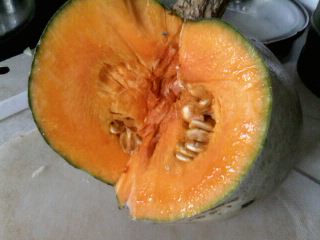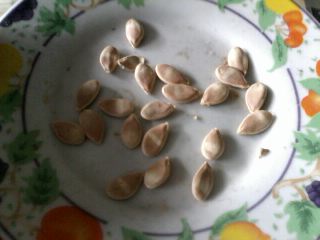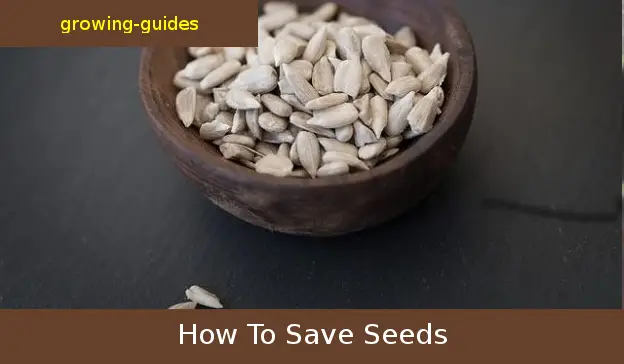How to save seed
Now days vegetable seeds are relatively cheap to buy, but sometimes you want to have the squash that someone has given you and was particularly tasty but you are unaware of its name so this is how to save seed. you will need,
- A Jar
- A saucer
- A sieve
- A container/bag

crown prince squash
Step one – extracting seed
Take the squash or tomato you wish to save seed from and extract some seeds.

seeds in jar
Step two – soaking seeds
Next place the extracted seed into a jar and add just enough water to cover the seeds. Replace the lid on the jar and leave for no longer than three days. wash seeds in a sieve to remove any flesh still remaining on seed.

seeds drying
Step three-drying seeds
Then place seeds on a small plate or saucer and leave in a warm and dry place for about a week. When seeds are completely dry place them in a small bag or container and mark with the variety ready to be sown in season.
My Successful Seed Savings
I once bought some cherry tomatoes from a local supermarket and found them incredibly tasty so I saved some seeds and grew “Lidl cherry tomatoes” for years.
I have saved seeds successfully using this method. Seeds I have saved include:-
- Winter Squash
- Summer Squash
- Tomato
- Melon
- Cucumber
- Pepper
- Chilli
Some seeds obviously don’t need to soaked, only the ones coated in flesh from the host plant so mainly “fruit” seeds.
Saving Seeds From Flowering Plants
If you have grown a particularly nice flower and you want to save seed, once the flower has finished blooming cover the seed head with a bag and secure with a rubber band. After a couple of weeks carefully shake the seed head and remove the bag. You will find it has a quantity of seeds in the bag.
Storing Saved Seed
I keep my saved seed in a number of different containers including:-
- Envelopes
- Grip lock plastic bags
- Empty yeast tins
- Brown paper bags
With a little imagination you will probably find many more containers suitable for keeping seed dry. Just remember to mark the container clearly with the seed variety and the date saved.
A Word Of Caution
Due to cross pollination, the seed produced from plants beyond your control may not produce true to their parent plants. If you are a purist this will be a problem but if like me you find it fun making new discoveries give it a go.
Keeping Seed True to Type
The only way to do this is to hand pollinate and then close the flower with an elastic band, then dispose of all other flowers to avoid confusion.
The Problems of Cross Pollination
I have been growing my runner beans from the same seeds I started with 10 years ago. Not exactly the same seeds as every year due to cross pollination, the beans have become smaller and the yield is less. So next year I will be starting with fresh runner bean seeds.
Interestingly enough I have one variety of bean that this doesn’t appear to have happened to and the only reason I can think of is that they must be a self fertile variety.
I grew some melons from saved seed and the flesh was very dry. I am guessing that they cross pollinated with squash.
Not all of the seeds you save will be viable and so will not all germinate but it’s worth persevering as some combinations work out really well.
To save seed from beans click here.
So that’s how to save seed. Give it a go, you’ve got nothing to lose and possibly a new, improved variety to enjoy.

